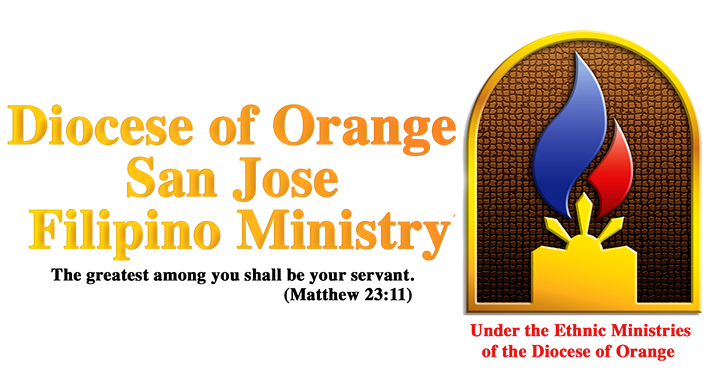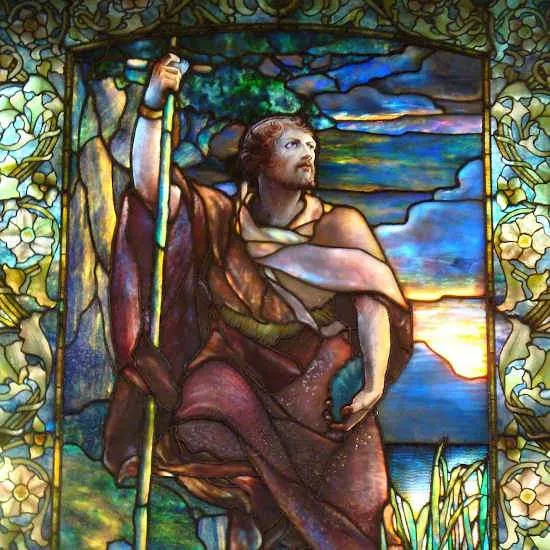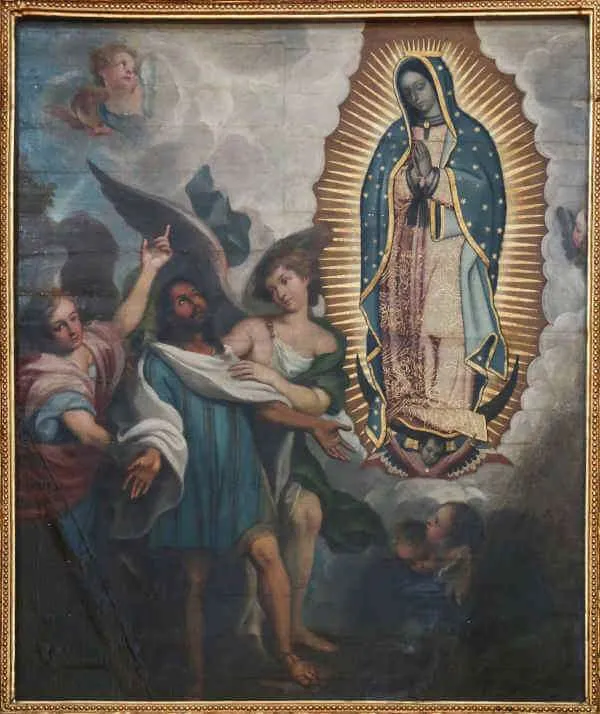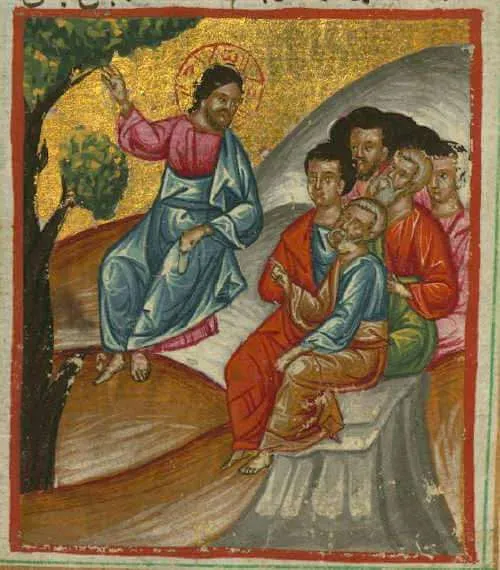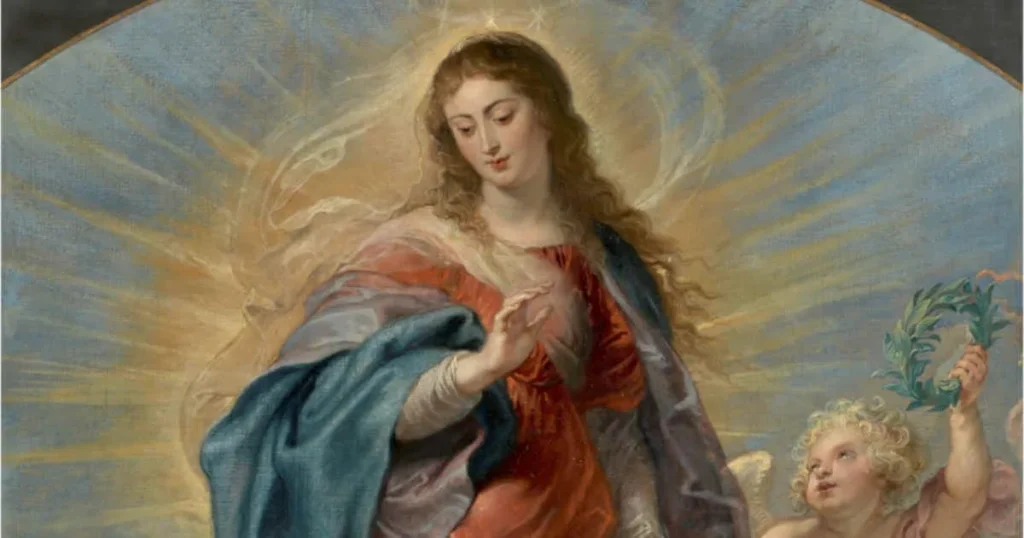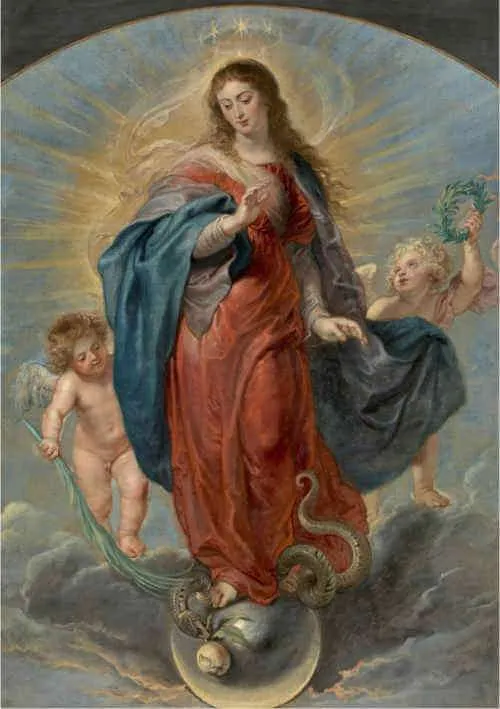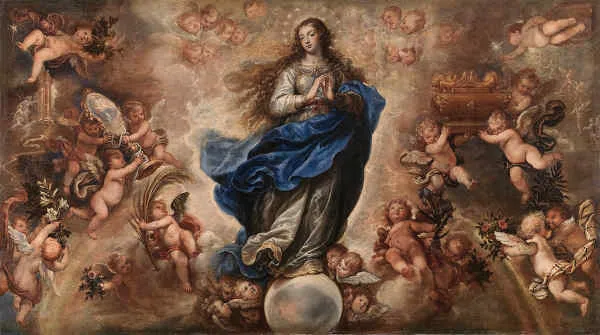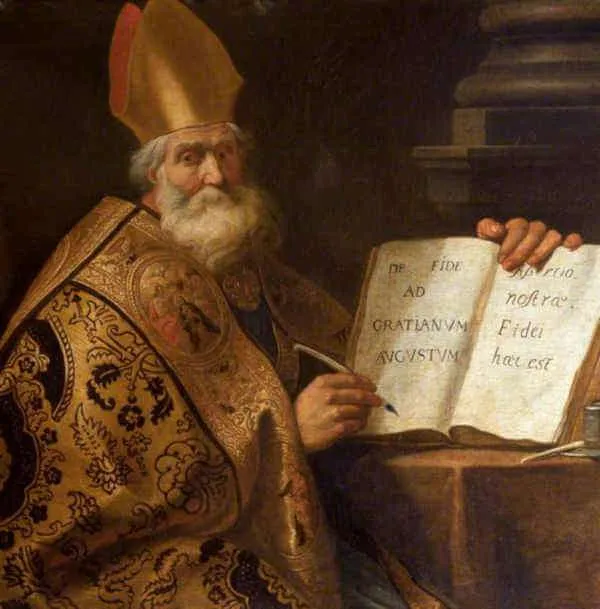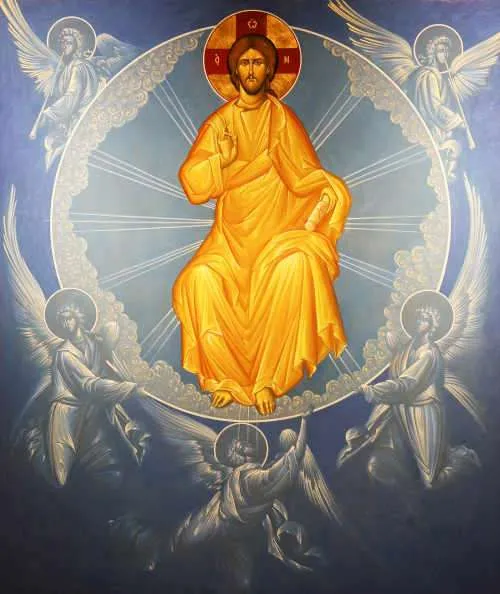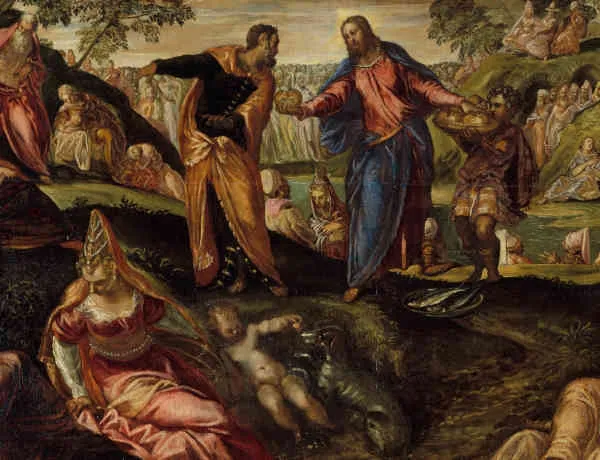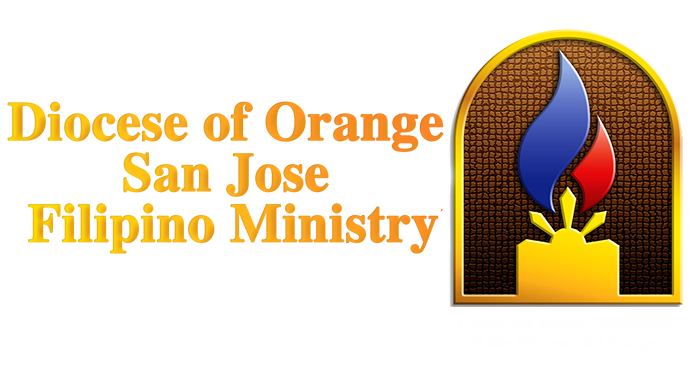Saint Nicholas of Myra, also known as Nicholas of Bari, Nicholas the Wonderworker, and Saint Nick, was a fourth-century bishop in Myra, Asia Minor, modern-day Demre, Turkey. His life is also the origin of the legend of Santa Claus. By the sixth century, his tomb had become widely venerated because of the numerous reported miracles worked through his intercession. In the eleventh century, his body was transferred to Bari, Italy, where it remains today.
To this day, his bodily remains excrete a liquid, at first thought to be an oil but now believed to be water, which is collected, mixed with holy water, and distributed to the faithful in bottles every May 9, the day his remains arrived in Bari. The liquid is commonly referred to as the “Manna of Saint Nicholas” and is believed to contain miraculous healing power. For this reason, along with the mythical character of Santa Claus, he remains a highly venerated saint within the Church.
Very little is known about Saint Nicholas that is historically verifiable. What we do know is that he was the Bishop of Myra, most likely suffered imprisonment during the persecution of Roman Emperor Diocletian, and was one of the bishops who attended the Council of Nicaea in 325. In addition to these historical details, many later legends have developed about his life.
Nicholas was born into an affluent and devout Christian family. When Nicholas was young, his parents died from an epidemic, leaving him an orphan and heir to his family wealth. Conscious of the exhortation Jesus gave to the rich young man to “sell what you have and give to the poor,” Nicholas did exactly that. He sold his inheritance and distributed it to those in need. Some accounts of his life state that his uncle instead was the Bishop of Myra and that he ordained Nicholas a priest.
One popular legend is that among the recipients of his wealth were three girls whose father could not afford dowries for them to be married. Their future options were grim and included the possibility of their resorting to prostitution to survive. When Nicholas found out about this dire situation, he threw a bag of gold through the window of their home that the father used as a dowry for his first daughter. Nicholas then did this a second time.
After the second daughter was married, the father stayed up all night waiting for a third bag of money. When Nicholas threw the third bag through the window, the father ran out and thanked him. Nicholas asked him not to tell anyone. One version of the story states that each night, the bag of gold landed in stockings hung by the fire to dry, leading to the Christmas tradition of placing stockings out for Saint Nick, who secretly fills them.
In another popular story, Nicholas was traveling to the Holy Land by ship. A storm suddenly arose, and the crew were fearful for their lives. Nicholas prayed, and the storm ceased. For this reason, Saint Nicholas is patron saint of sailors and those taking sea voyages.
How Nicholas became a bishop is a mystery. One version of the story is that shortly after Father Nicholas’ return from the Holy Land, the bishop of Myra died. The clergy of Myra then gathered to pick a successor. During their meeting, God inspired them to pick the first person to enter their church the following morning. Because Father Nicholas had spent the entire night in prayer, he was the first person in the church and was chosen bishop.
During his time as Bishop of Myra, a great persecution broke out in the Roman Empire under Emperor Diocletian. In 303, Diocletian, Maximian, Galerius, and Constantius—who made up a tetrarchy that governed the whole Roman Empire—issued a series of edicts outlawing Christianity and imposing the penalties of torture and death on those who practiced the faith. This was the last and the most violent persecution of Christians in the Roman Empire. At some point, between the years of 303 and 306, Bishop Nicholas was among those arrested and tortured.
In 305, Diocletian renounced the throne, and in 306, Caesar Constantius died. Constantius’ son, Constantine, then became Caesar in his place and ordered Bishop Nicholas’ release. In 312, Constantine is said to have seen a vision of the Cross with the words, “In this sign, you will conquer.” In 313, he and his co-emperor Licinius issued the Edict of Milan, granting religious tolerance to Christians.
An early list of the bishops who attended the Council of Nicaea in 325 includes Bishop Nicholas. That council was called to address the heresy of Arianism that denied the full divinity of Christ, asserting that the Son was a created being and not co-eternal with the Father. Some legends relate that Bishop Nicholas was so appalled by the Arians at the council that he slapped one of them across the face, was imprisoned for that act, but was released by Jesus and the Blessed Virgin Mary. Other accounts state that the heretic he slapped was Arius himself. The slap is a common motif in sacred art, including Orthodox iconography.
Other legends abound about Saint Nicholas. He is said to have won the release of various individuals unjustly condemned to death, going so far as to stay the sword of the executioner. During a famine, an evil butcher killed three children and pickled their remains to sell them as ham. Bishop Nicholas intervened and raised the pickled children from the dead. While shocking to the modern hearer, the story was widely told in the Middle Ages.
An image of that miracle is found in sacred art and is one of the reasons many came to consider Saint Nicholas as the patron saint of children. Still another story relates that during another famine, a ship full of wheat for the emperor arrived in Myra. Bishop Nicholas convinced the sailors to give him enough to feed the people for two years, promising them that the emperor would still receive all his wheat. When the trusting sailors delivered the rest of the wheat to the emperor, it weighed the same as when it was loaded, despite much of it having been given to the people of Myra.
Bishop Nicholas died on or around December 6, 346 (the year of death varies by source), and was canonized by popular acclaim. His feast day became a day when the faithful performed charitable works, especially toward children, a custom that continues today. In 1054, the Catholic Church split between the East and West, resulting in the Catholic and Orthodox Churches.
This left the remains of Saint Nicholas in the hands of the Orthodox. In 1071, the Seljuk Turks captured Orthodox-controlled Myra. In 1087, fearful that the Turks would mistreat the relics of their revered saint, Catholic Italian sailors from Bari took part of Saint Nicholas’s remains from his Myra tomb and brought them to Bari, Italy, where the pope later had a church built in the saint’s honor.
Though most of what we know about Saint Nicholas’ life is legendary rather than historically certain, those legends have added much to the faith of the people of God throughout the centuries. These tales have inspired faith and hope and have led to numerous reported miracles.
Source: https://mycatholic.life/saints/saints-of-the-liturgical-year/december-6—saint-nicholas-bishop–optional-memorial
